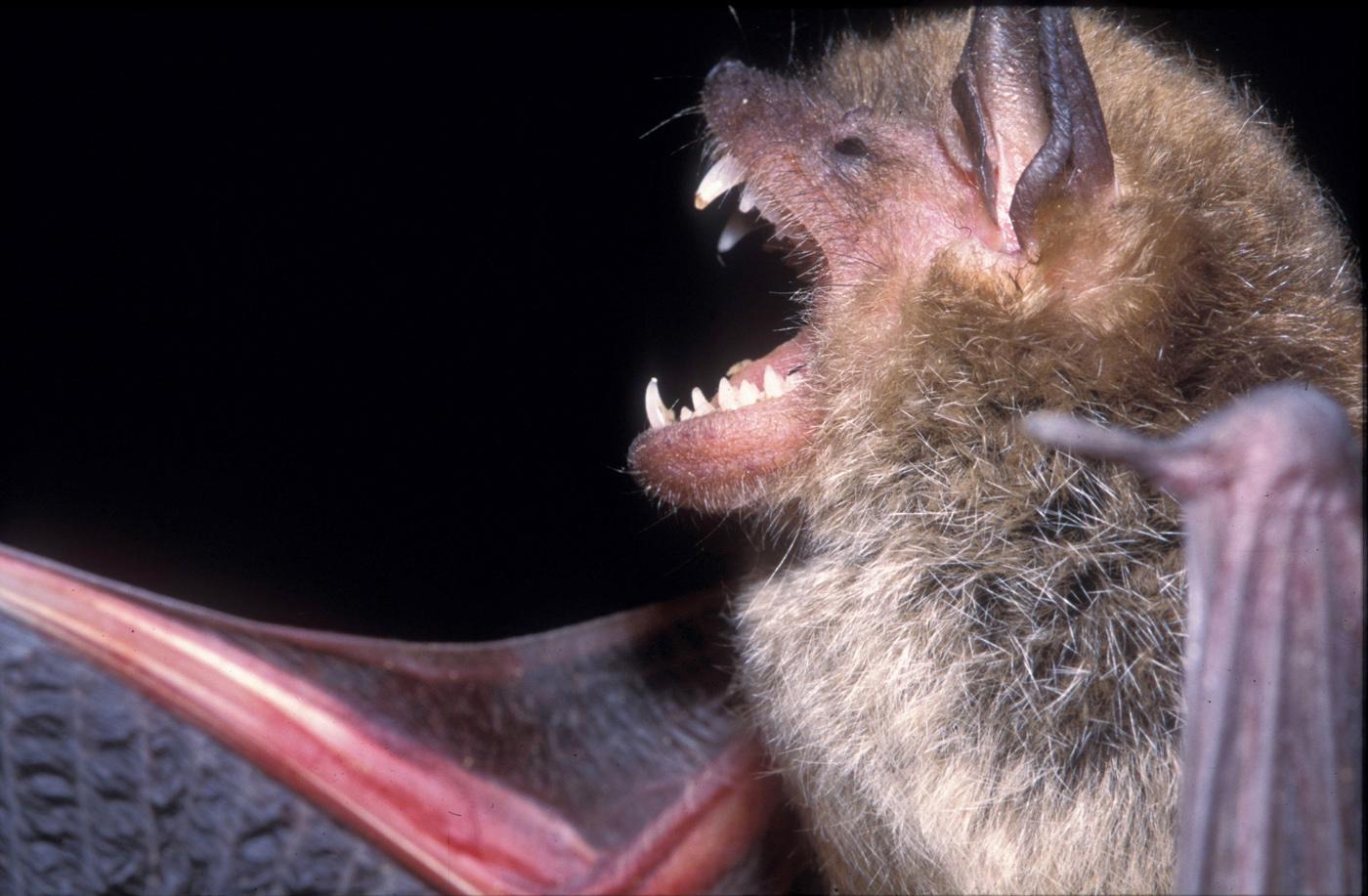Information Possibly Outdated
The information presented on this page was originally released on March 6, 2008. It may not be outdated, but please search our site for more current information. If you plan to quote or reference this information in a publication, please check with the Extension specialist or author before proceeding.
Keep bats close by homes, not inside
MISSISSIPPI STATE -- Bats in the backyard are a good way to keep mosquito numbers down, but bats in the attic are a problem.
Ben West, wildlife specialist with the Mississippi State University Extension Service, said Mississippi is home to eight of the 40 kinds of bats native to the United States.
“Bats are great mammals to have around your property because they really help control mosquitoes,” West said. “Bats are so effective at mosquito control that many people place bat houses on their property to encourage bats to live nearby.”
Bats found in Mississippi are small, having wingspans of 3-6 inches and weighing less than an ounce. When hanging at roost, they are usually 3-4 inches long and about 2 inches wide. From a distance, these nondescript dark masses can be mistaken for stains on wood.
Many bats live solitary lives, but others like to congregate in high numbers. These are known as colonial bats.
“Bats look for dark, secluded areas to roost, and attics make great places for them to congregate,” West said. “When they roost in the attic, they can cause problems.”
Bat droppings, known as guano, and urine can build up in the walls and ceilings and create an incredible stench. This condition alone can create health problems, requiring the area to be rid of the bats and cleaned. Often building materials must be replaced.
They converse in squeaks, which can be a problem when a large colony lives in the walls or ceiling of a building. A bat colony in a house usually numbers between 10 and 50, although the longer they stay, the larger the population tends to be.
West said when bats are in the attic, the best thing to do is to install a one-way door on the bats' entry so they cannot reenter the building after they leave. Homeowners can prevent bat problems by regularly inspecting houses for crevices or openings where bats can enter.
These unusual, darting creatures of the night can frighten people, and some worry they can contract rabies from bats. Although bats can carry this disease, the cases of human rabies transmitted from bats occur almost without exception when people are bitten by bats they have handled, West said.
“If you don't handle bats, the chances of getting rabies from them are very, very slim,” he said.
Some people use mothballs to rid their attics of bats or to keep them from moving in. Not only is this illegal, but it does not work.
“Moth balls are great for repelling moths, but they are very ineffective for repelling bats,” West said.
Kris Godwin is the state director of the U.S. Department of Agriculture, Animal and Plant Health Inspection Service-Wildlife Services. She said some Mississippi bats are protected by endangered species laws, and the best solution is to exclude the bats from houses.
“If bats are in the attic, they may be able to get into the house,” Godwin said. “Some bats can squeeze through a crack the size of two nickels stacked together. Once inside, a child or a pet could find the bat and play with it, and possibly get bitten.”
Godwin said trained professionals should remove any bats found in buildings and have them tested for rabies at the local health department. If a bat has rabies, everyone who was inside the building with the bat must receive post-exposure shots as a precaution against the bat having bitten someone.
Contact: Dr. Ben West, (662) 325-3174




